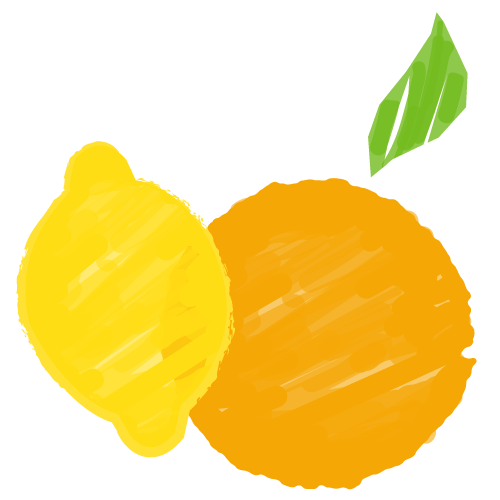Written by Rachel Pinkerton
WENATCHEE — Bees were one of the topics discussed on Tuesday of the Washington State Tree Fruit Association during the 115th annual meeting and Northwest Horticultural Expo happening Dec. 9 through 11 at the Wenatchee Convention Center.
Dr. Natalie Boyle, of Penn State University, shared the research she recently completed on blue orchard bees. She said that while beekeepers are losing approximately a third of their honey bees each year, the number of crops dependent on pollinators has exploded.
“I think we are going to need to consider alternatives,” Boyle said. “Honey bee health is challenged by many factors today.”
Honey bees die for lots of reasons – mites, viruses, pathogens, stress from being moved or lack of nutrition, a change of landscape and pesticides. But honey bees aren’t the only type of bees that are capable of pollinating crops.
“Bees are extremely diverse,” Boyle said. “There are 20,000 species described worldwide. The potential for using them in agriculture is high.”
Boyle said that about only ten percent of bees are social and that they aren’t always black and yellow. Adults typically only live four to six weeks. There are over 600 species of wild bees in Washington.
“Eighty-seven percent of crops are pollinated by bees,” Boyle said. “I think it is going to allow us to provide improved pollination services, if we incorporate other bees. Pollination by native bees is under-appreciated and overlooked.”
The blue orchard bee that Boyle studied is a mason bee native to the United States and Canada.
“They are naturally aligned to emerge with rosaceous crop blooms,” Boyle said. “They go out and collect nectar and pollen over the season.”
As the blue orchard bees collect pollen, it dries on the hairs under their bellies, making them good at cross-pollination. They are also cold-weather fliers that only have to be managed a few weeks during the spring.
Research is being done on the benefits of mixing honey bees and blue orchard bees in the same orchard. In almonds, there was increased movement among the bees. The blue orchard bees disrupted the patterns of the honey bees.
A three research project looking at mixing honeybees and blue orchard bees started in central Washington in 2019. Six five-acre blocks were studies. Three blocks of pears were selected in the Dryden/Peshastin area and three blocks of Bing cherries in Mattawa were studied. No other changes were made in orchard management practices.
“In pears, there was a 7 percent higher pre-drop fruit set in BOB-provisioned orchards,” Boyle said. “We’re getting an increase in fruit set, but it’s not sustained over the season. We’re seeing improved rates of pollination, but it’s not carrying through to the end of the season. I don’t think there’s any guarantee we’re going to see improved yield. This is the first year of the study. There are two more years. Cherries had an 8 percent higher fruit set.”
As part of the study, the number of blue orchard bees being recovered at the end of the season is being counted. In a study in Yakima, 105 percent of female progeny were recovered. In the Dryden/Peshastin area, none were recovered. In Mattawa, there was a modest recovery. Boyle wasn’t sure why the Dryden/Peshastin weren’t recovered. She suspects that they were lost to landscaping or spray. As of now, blue orchard bees cost $1 apiece. While the cost of the bees can be recovered in one season, recovery of the progeny is important.
